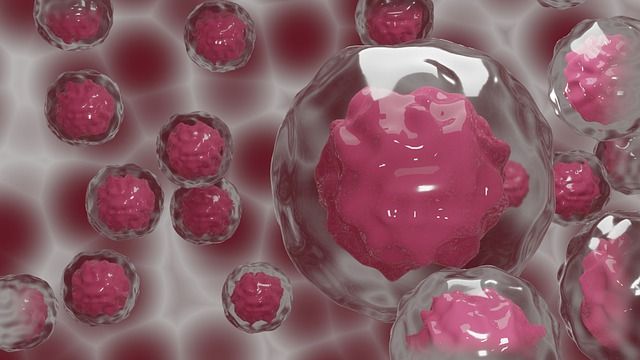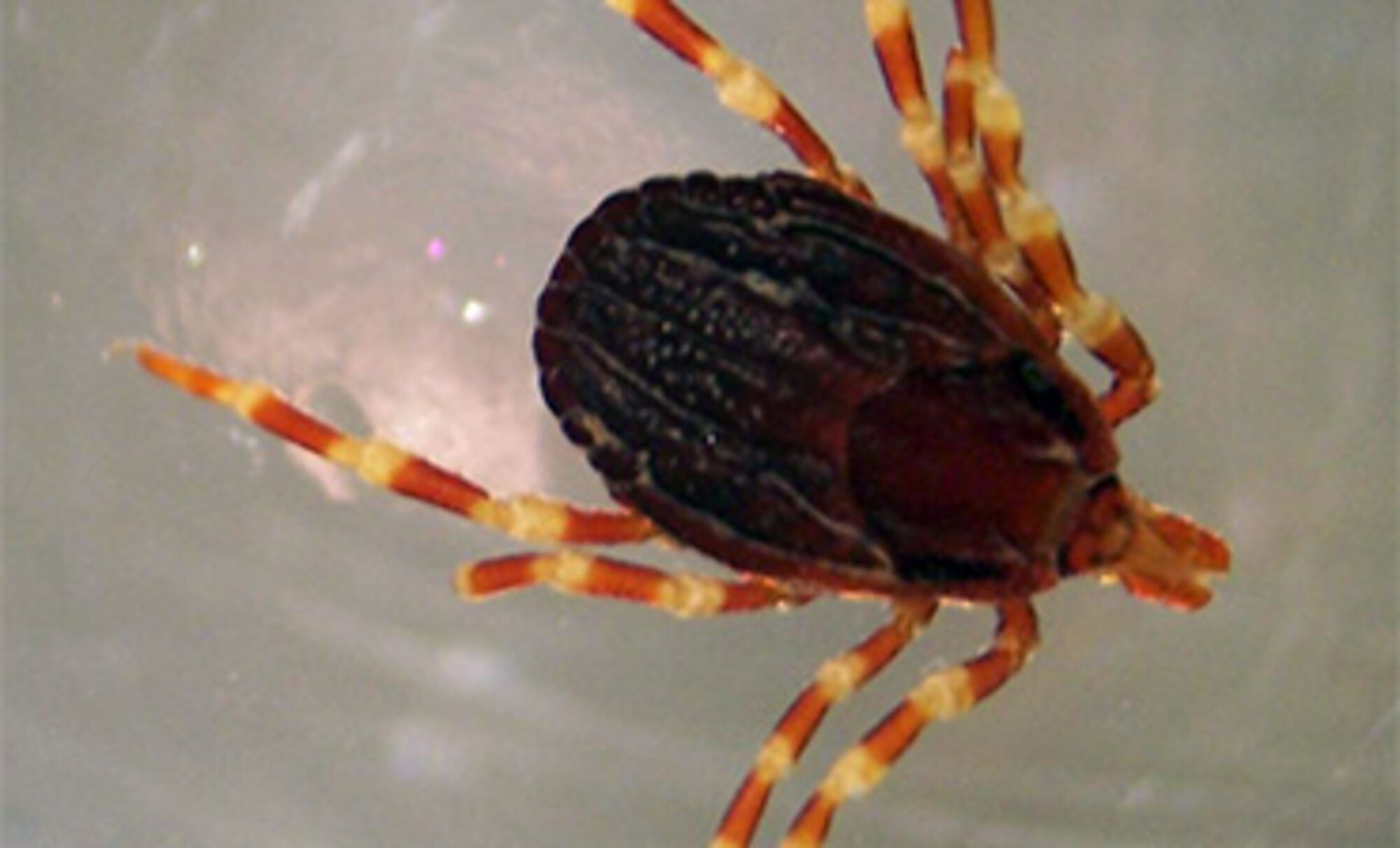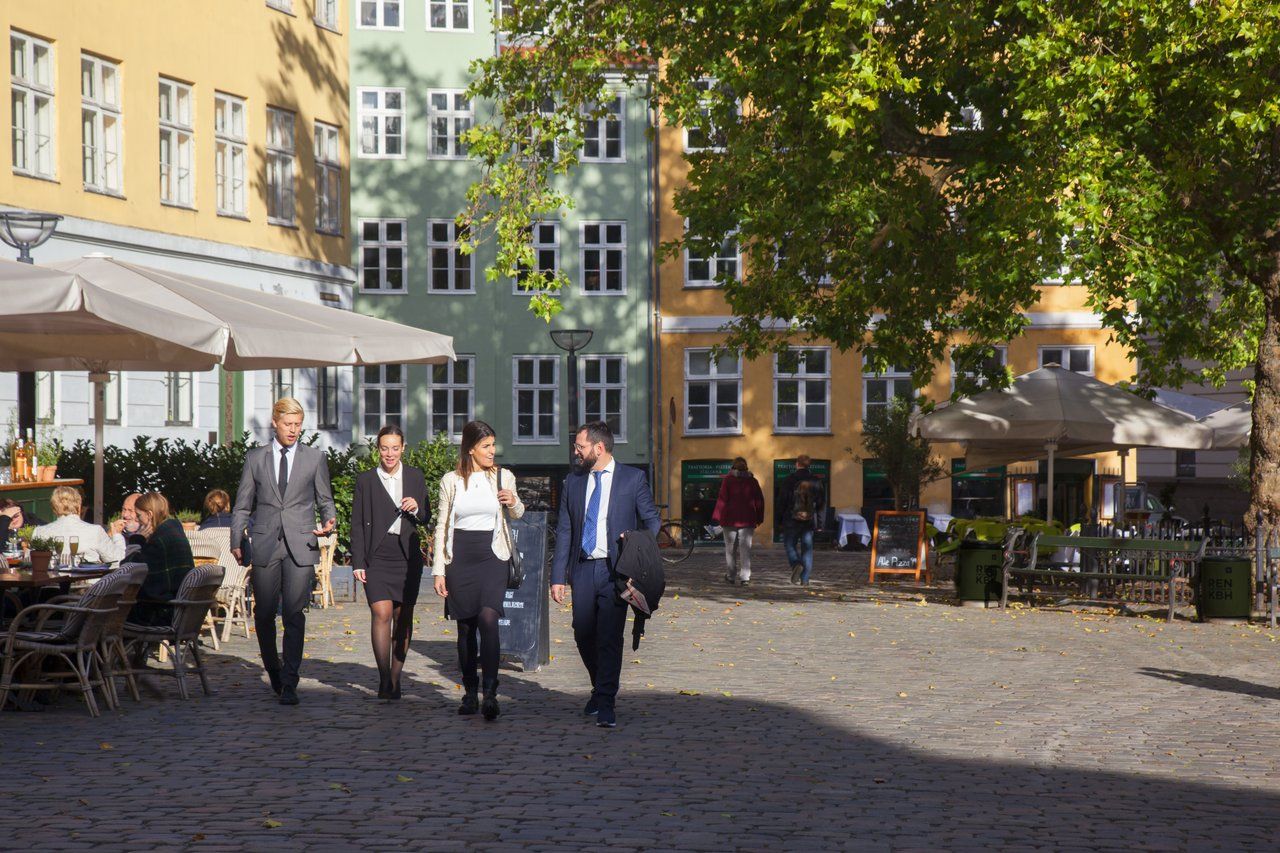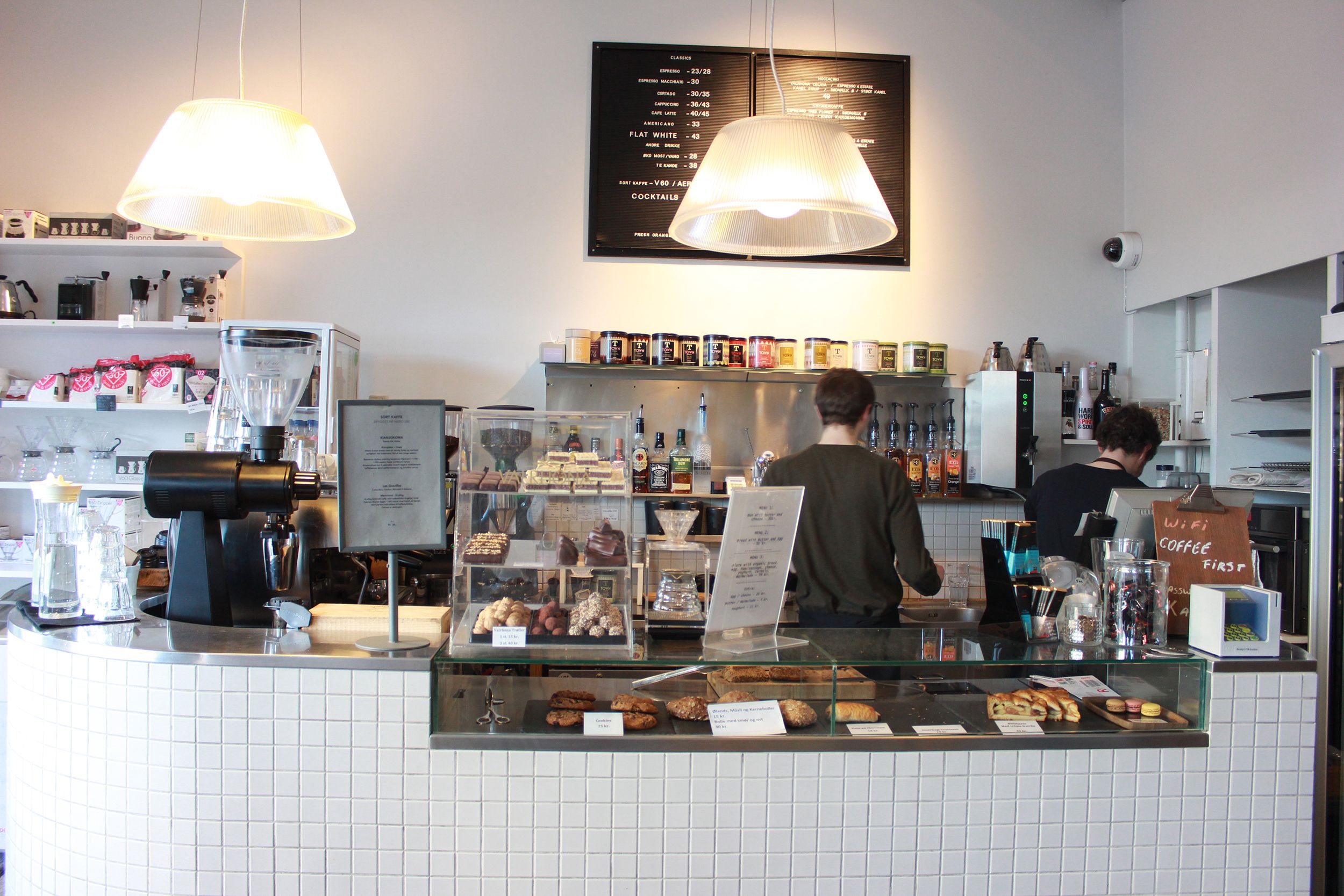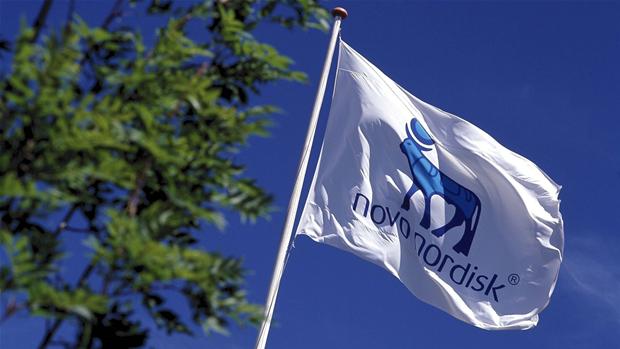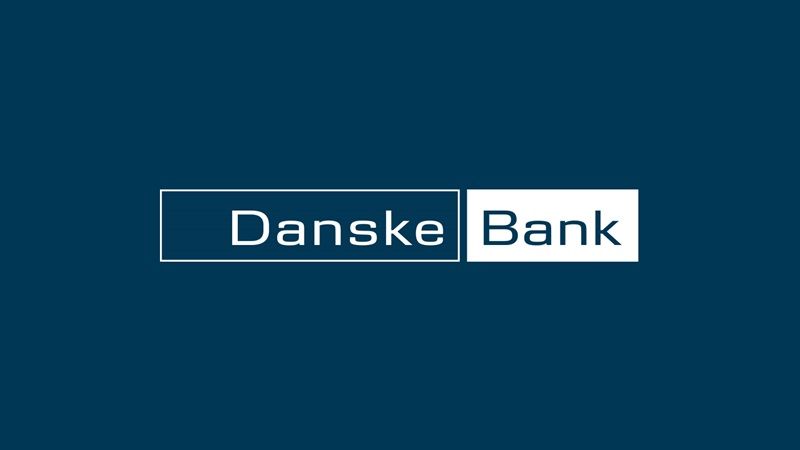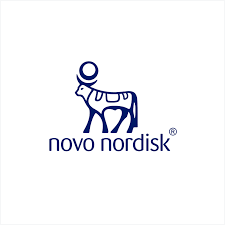In a remarkable show of support, over 7,700 people signed up as stem cell donors in Denmark in just a few days last week – surpassing the total number of donor enrollments for all of 2022.
According to Rigshospitalet city hospital, development was sparked by a patient’s Facebook post about his battle with acute leukemia and the search for a suitable stem cell donor.
“Only about 0.1 percent of stem cell donors will donate. It is so difficult to find a good match, so there is a need for as many as possible donors to apply. And you can always say no, even if you are one of those who suddenly fit a patient,” explained Helle Bruunsgaard, a consultant with the hospital’s Tissue Laboratory.
Tens of thousands of tissue types make finding a perfect match among donors a challenge, but having a large pool of potential donors is essential.
Ideally, up to 10 percent of the population should be registered as stem cell donors to increase chances of finding a local donor for leukemia patients in need of a stem cell transplant.
READ ALSO: Denmark the setting for the world’s first human stem-cell trials
A surprise response
When the patient shared a post on Facebook urging people to sign up as stem cell donors, the response was overwhelming.
The laboratory reported that, while they typically see around 20 new registrations daily, last Friday saw about 1,500 new registrations in eastern Denmark alone.
Following a global search among more than 40 million donors, a suitable donor was found abroad for the patient. This demonstrated the importance of stem cell donors.
The process of becoming a donor involves a few steps.
Donors receive injections of immunostimulating medicine for five days, after which the process of harvesting the stem cells begins.
Lasting about 4-6 hours, blood drawn from one arm is fed into a machine which foams off the stem cells and sends the blood back into the donor via the other arm.
Read more about how to become a stem cell donor in Denmark here (in Danish).

